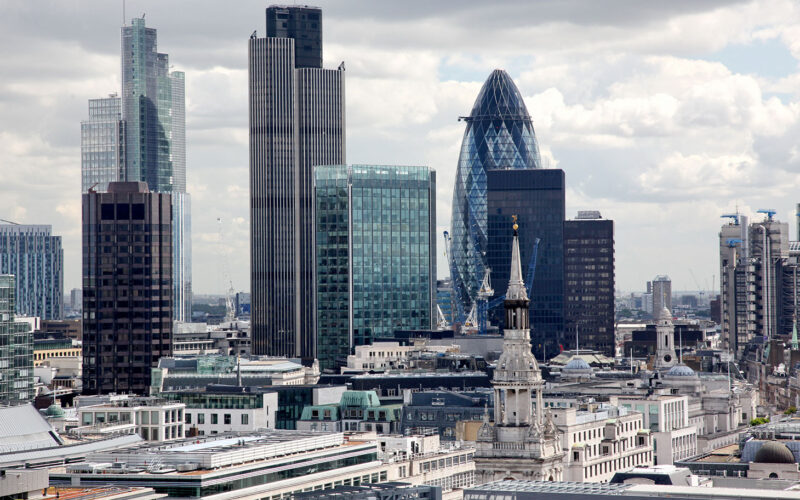In today’s issue:
- More and More and More energy
- There is no energy transition, only addition
- Renewables cannot meet our exponentially growing demand (but this could)
Labour are planning to pay us to cut electricity use. Apparently there isn’t enough power to avoid a blackout if we all want to use it.
This seems a bit backwards, if you ask me. An odd way to run an economy. And I can’t help but wonder whether it is missing the point, by orders of magnitude, anyway…
An extraordinary new book by energy historian Jean-Baptiste Fressoz has completely changed how I think about energy. It’s called More and More and More: An All-Consuming History of Energy for good reason.
His point is that “energy transitions” are a bizarre way of thinking about how our energy use changes over long periods of time. In reality, the growth of energy demand outweighs all other considerations by such orders of magnitude that there is no “transition” at all. As the blogosphere has taken to putting it, “There is no energy transition, only addition.”
What I didn’t realise is that it’s not a matter of addition, but multiplication.
For example, we may have transitioned from burning wood to coal for heat. But coal’s efficiency created demand for lumber that was considered astronomical at the time. Coal unlocked the need for vast amounts of railway sleepers, vast amounts of wood used in construction and a lot more.
Moreover, wood’s overall demand was expanded by a large variety of new applications made possible by coal. Creosote, for example, made wood more durable, giving it more uses. Coal’s abundance made steam engines more efficient, creating bigger shipping and rail industries. And the expansion of coal mines created their own vast demand for wood.
So the relationship between our resources is often a lot more symbiotic than a “transition” would suggest. The key being overall demand booms, not “transitions” from one thing to another.
Fressoz goes on to detail a very long list of similar examples. What our history teachers described as “transitions” from one type of energy to another were really nothing of the like. Explosively growing human demands generated all-encompassing booms that dragged surging demand for everything else along with it.
It’s not like the iron industry went into decline when we stopped using shoed horses to pull canal boats. Blacksmiths didn’t disappear, they became truly vast iron and steel industries. It was a case of More and More and More, not “transition”.
People want a better life
The underlying message seems to be that humans demand improvements to their living standards. Technology is how we deliver them. And technology is inherently energy intense.
The stats on the energy transition so far bear this out. We continue to use record amounts of coal and oil, even as they are supposedly phased out.
Why? Because overall energy demand surged. Everything grew – something well hidden by charts only showing the share of energy used.
Of course, a lot of that energy demand was shuffled around the globe. But it doesn’t matter where you emit the carbon. Unless you work in heavy industry…
“Teuer, aber wirkungslos“ is how Welt newspaper described Germany’s energy transition recently. That means “expensive but nonfunctional”. It warns that the green energy agenda is about the hammer the country’s living standards.
There’s a popular Twitter meme which uses a chart to point out there is “No such thing as a low-energy rich country”. The correlation between energy use and quality of life is very high. Therefore, cutting energy use implies a lower standard of living. Someone should tell Ed Miliband. But having to shuffle when you use electricity is just one example of how less energy makes us poorer.
The point made in the book More and More and More is that the growth of energy use overwhelms all other considerations over time. And often in unpredictable ways.
The steam engine was invented to pump water out of coal mines. It created the railroad industry instead and revolutionised shipping. And those, in turn, caused coal demand to surge. And made all manner of other industries possible.
AI is the currently fashionable example of this happening in real time. And AI has rewritten the energy demand projections of the planet already. Its data centres are not going to be fuelled by rooftop solar panels. It takes entire nuclear plants to keep them running, 24/7. The nuclear sector’s rejuvenation on the back of AI was not on many investors’ bingo cards.
But this is not some isolated example. It is the norm. It is how our civilisations have always changed. Not by transition from one thing to another, but by growth that overwhelms any concept of decline.
Energy demand doesn’t fall
If we take a look at industries that have popped up and come to dominate our day-to-day life, they are all energy intensive. Commercial air travel, computing, the cloud and plenty more.
The process of adaptation and commercialisation of energy-intensive industries is getting faster. The race dominates who pops up on the rich list every year.
If Fressoz is right about all this, it upends our current energy policy. The idea that we can pay people to avoid using power is so backwards it boggles the mind. It’s like shuffling deckchairs on the Titanic while a fleet of modern cruise ships is coming over the horizon.
In coming years, our ever-growing energy demand will overwhelm all other considerations. Revolutions in robotics, healthcare, travel, industry, space and all manner of other sectors of the economy, some of which we don’t even know will exist, will create off-the-scale energy demand.
The question is, how will we meet it?
The only viable answer is here.
Until next time,

Nick Hubble
Editor, Fortune & Freedom




